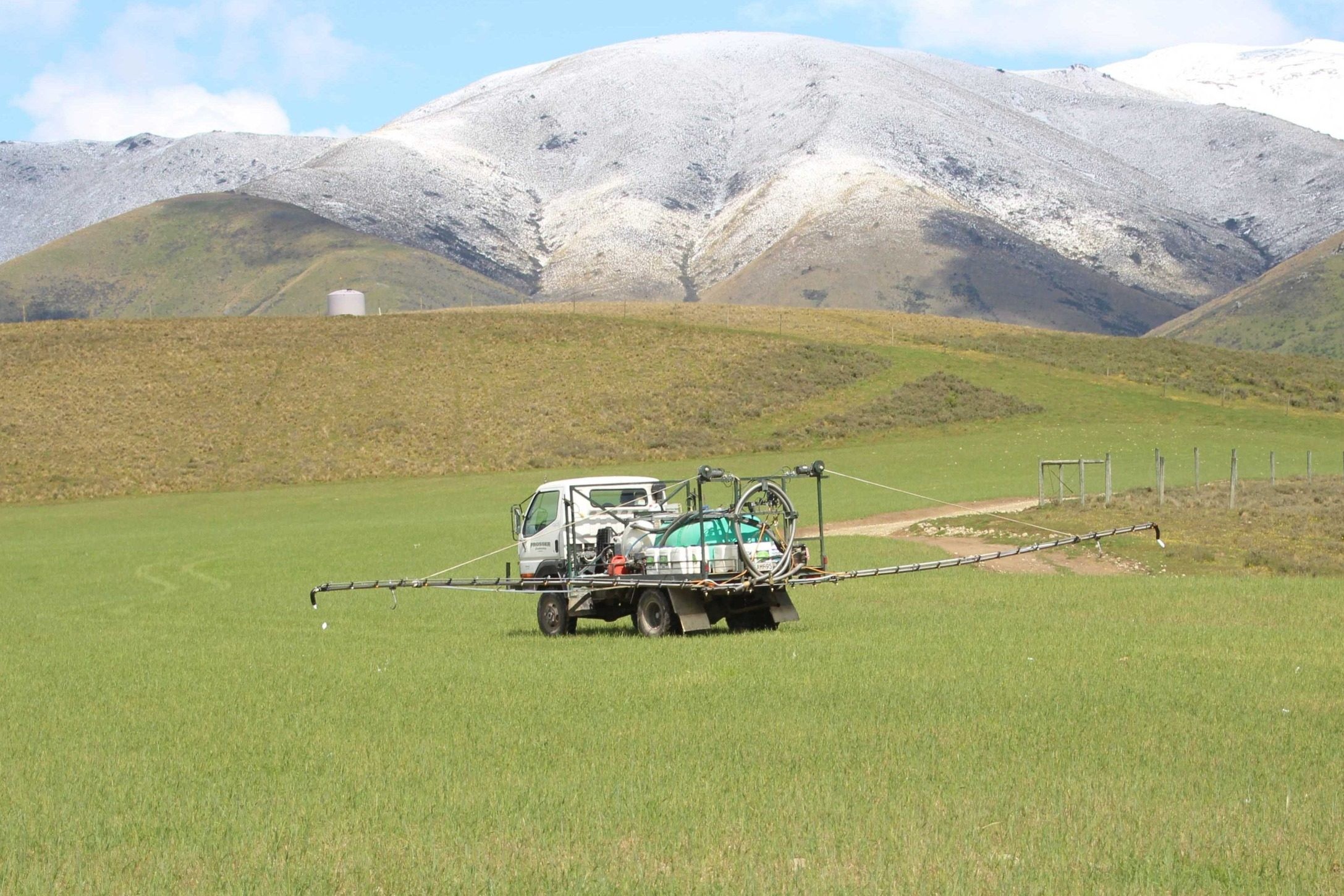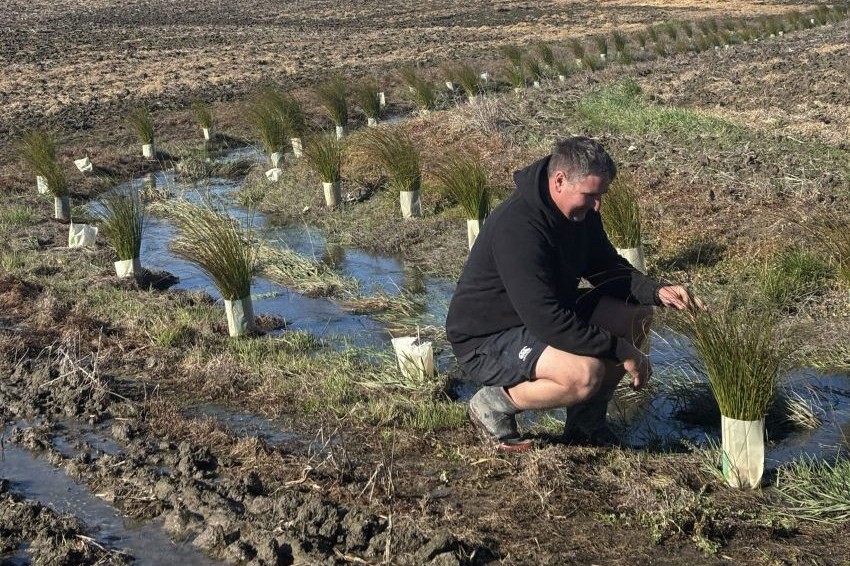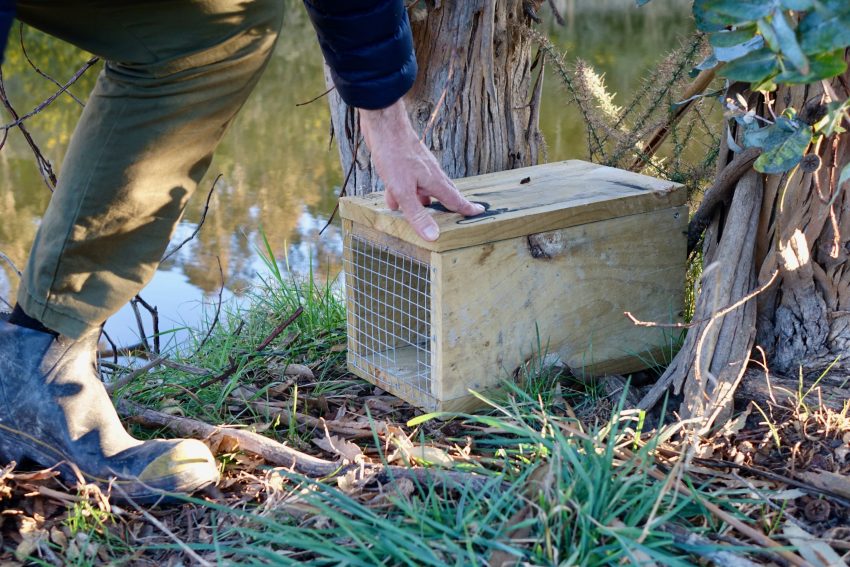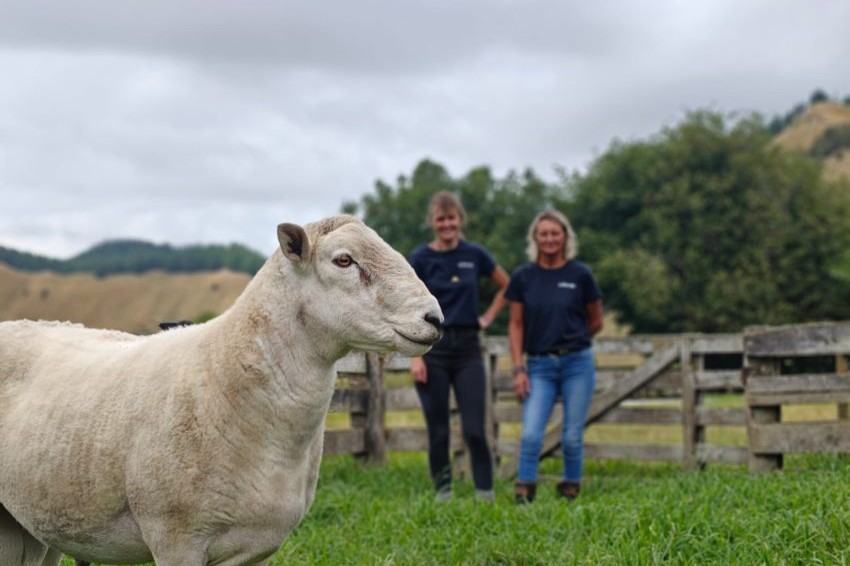Reducing crop inputs is a challenge for the arable industry.
There are growing concerns about resistance to chemicals, chemical residues and the lack of affordable new options.
Talking at the recent Foundation for Arable Research (FAR) conference, Jo Drummond, FAR’s senior researcher for cereals, outlined the cross-sector initiative, A Lighter Touch. It is investigating options for reducing chemical inputs and preserving efficacy without compromising production.
She says A Lighter Touch is about registration, resistance and residues. Fewer novel active ingredients are emerging and the costs of getting them to market are increasing. At the same time, a number of long-standing agrichemicals are undergoing a review.
While there are 35 insecticides on the market, there are only nine active ingredients and three modes of action.
There is also concern about resistance developing to active ingredients and increased consumer preference for food grown with minimal chemicals.
She says there is a heavy reliance on very few active ingredients in seed treatments and foliar fungicides. While there are 35 insecticides on the market, there are only nine active ingredients and three modes of action. Resistance, therefore, is a real risk.
There are risks associated with A Lighter Touch. Pesticides, for example, are an easy insurance against yield loss and testing the performance of bio-pesticides. It is hard to find a good fit for cereal crops, so farmers need to protect the efficacy of existing pesticides and fungicides.
Drummond says high input irrigated arable systems, where the crops are sown early and the cultivars selected are susceptible to disease, are at greatest risk. These crops can come under significant pressure from weeds, pests and diseases and therefore typically have a comprehensive chemical programme associated with them.
She says developing integrated pest management (IPM) programmes will help build resilience within these arable systems. The emphasis of these programmes is on crop monitoring, the use of biopesticides and the integration of cultural and physical practices.
“Save the big guns for when you really need them,” she says. “If you’re high input, just start dialling it back a notch.”
Drummond says developing an IPM pyramid starts with cultivar selection, sowing dates, consideration of weather conditions and populations of natural predators. Also parasitoids to help control aphid populations. Chemistry is then used as a last resort and not the first level to pull to protect yields.
FAR is focusing on ‘lighter touch’ research in wheat. Results from the first year of this work showed that in a low disease pressure season, low input systems did not negatively impact wheat yields or profitability.
This work will continue and help give growers the confidence to take a lighter touch approach to crop management.





